Game monetization is a dicey subject. Developers and publishers need to make money and recoup their investments, but how they go about it varies wildly. Some methods are fair and widely accepted. Others fall into a much grayer, more exploitative area.
The practices outlined below represent some of the most maddening, manipulative, and controversial forms of monetization in gaming—along with the titles that introduced and popularized them.
1
Loot Boxes
By now, most gamers are all too familiar with loot boxes—the poster child of predatory microtransactions. You’re presented with a shiny, enticing box containing a randomized selection of virtual items, ranging from basic cosmetics to powerful upgrades. Sometimes, these boxes can be earned through gameplay, but they’re often also available for purchase—even in games that already carry a price tag.
The origins of loot boxes trace back to the mid-2000s, with the concept first emerging in games developed in East Asia. The earliest known example was the gachapon ticket in the Japanese version of MapleStory, introduced in June 2004. A few years later, the Chinese free-to-play MMORPG ZT Online (also known as Zhengtu) integrated loot boxes into its core monetization system in 2007.
These early renditions of loot boxes proved to be massively profitable, and Western developers took notice. By 2009, loot boxes began appearing in Western titles, and the trend quickly exploded. Team Fortress 2 was one of the earliest adopters, but before long, Counter-Strike, Battlefield, Call of Duty, Overwatch, Halo, Gears of War, Forza, and many more incorporated their own versions of loot boxes.
It didn’t take long for loot boxes to become one of the most reviled monetization tactics in gaming. Critics and governments alike condemned them for their similarities to gambling. This prompted investigations, legal challenges, and even outright bans in several countries. In response, some developers quietly removed or reworked the mechanic to avoid regulatory pressure. But despite the public scrutiny, loot boxes are still around and remain a popular, if controversial, method of extracting money from players.
2
Card Packs
You could say that virtual card packs were one of the first forms of loot boxes in Western gaming. They function similarly, offering randomized rewards—but they’re usually even worse. Players open packs hoping to land high-quality characters, items, or consumables, but in this case, the contents often provide a gameplay advantage. That effectively makes them pay-to-win, as players who spend money on in-game currency to buy more packs gain a competitive edge.
While a number of games have dabbled in this monetization model, Electronic Arts (EA) is largely responsible for originating, popularizing, and still championing it today. EA first tested the system in UEFA Champions League 2006–2007, then fully implemented it in FIFA 09. Since then, it has become a yearly staple in EA SPORTS FC (formerly FIFA) and Madden, where players continue to spend heavily in pursuit of top-tier athletes for their Ultimate Team.
3
Gacha Mechanics
Gacha games and gacha mechanics get their name from gachapon machines—capsule toy dispensers popular in Japan and other parts of Asia. At their core, these games coax players into spending in-game currency for a random chance at a selection of in-game items. Sound familiar?
Gacha and loot boxes are virtually the same concept; the difference mainly comes down to regional terminology. In the East, these mechanics are typically referred to as gacha, while in the West, we know them as loot boxes. That said, they’re not completely identical. It’s often said that gacha and loot boxes have a square-rectangle relationship: all gachas are loot boxes, but not all loot boxes are gacha. Regardless, gacha, like loot boxes, has been the target of intense criticism, controversy, and regulation for its resemblance to gambling and its exploitation of addictive behaviors.
Dragon Collection, released in 2010, is widely regarded as the first notable, full-fledged gacha game. Today, most people associate gacha mechanics with Genshin Impact.
4
Pay-to-Win
Arcade machines may have technically introduced the first pay-to-win systems, but modern examples are far more insidious. With enough skill, you could beat old arcade games without purchasing extra lives or continues. In some of today’s worst offenders, though, skill doesn’t stand a chance against deep pockets.
Some of the most notorious examples are sports titles like EA SPORTS FC, Madden, and NBA 2K, where spending real money on in-game packs or VC to upgrade your MyPLAYER gives users a tangible, often overwhelming advantage. Star Wars Battlefront II deserves a mention here as well. Though its original implementation was overhauled after historic pushback, it remains a cautionary tale. Meanwhile, the sports games continue to embody pay-to-win at its most blatant, trading competitive integrity for revenue.
And pay-to-win isn’t limited to competitive multiplayer. Diablo Immortal and RuneScape 3 are examples of PvE-driven games where players can pay to dramatically accelerate their progress, leaving those who play organically in the dust.
5
In-Game Currencies
In-game currencies have been around since the 1980s, and on their own, they’re not inherently harmful. The problem arises when games introduce multiple currency tiers—a tactic often used to obscure real-world costs, confuse players, and make it harder to track actual spending.
Achaea, Dreams of Divine Lands, released in 1997, was one of the earliest games to feature microtransactions. It also introduced the dual-currency system: one in-game currency was earnable through gameplay, while the premium currency could only be bought with real money. Unsurprisingly, the best items were locked behind the premium paywall.
Apex Legends is one of the worst present-day culprits, featuring four separate currencies: Apex Coins, Legend Tokens, Crafting Metals, and Heirloom Shards. But it’s far from alone. Games like Marvel Rivals, League of Legends, and countless others use similar multi-tiered currency systems to drive monetization.
6
Time-Gated Mechanics
Time-gated mechanics first gained traction in mobile and social games. Remember FarmVille on Facebook? These systems enforce real-world time delays—such as cooldowns, energy restrictions, or building timers—to pace gameplay or encourage players to spend money to skip the wait.
If you haven’t played one of these types of games, it’s not hard to imagine how frustrating time-gated mechanics can be. Some modern examples built around this monetization strategy include Clash of Clans and Candy Crush Saga.
7
Battle Passes
Battle passes are a type of rewards track that grants bonus content (typically in-game items and cosmetics) for playing and completing certain challenges. The first instance of a battle pass appeared in Dota 2 in 2013. But in 2018, Fortnite adopted the model, and that’s when the monetization strategy took off. Sales of battle passes were a major reason a free-to-play game like Fortnite could generate such tremendous revenue—especially as loot boxes were starting to face widespread backlash. Soon after, developers and publishers followed suit. Today, it feels like more games have battle passes than don’t.
You might be thinking, “What’s so bad about a cosmetic-only battle pass in a free-to-play game?” Sure, these games need to make money somehow; however, battle passes often employ anti-consumer, psychological tricks. They’re usually limited-time offers designed to keep players coming back regularly, or entice them to spend even more money on tier skips. If you don’t keep up, you risk missing out on the best rewards at the end, which is an approach that capitalizes on the sunk cost fallacy. On top of that, new battle passes drop every season, triggering FOMO (fear of missing out). Miss one, and those rewards may be gone forever.
When nearly every game features a battle pass, most players simply don’t have the time to complete them all unless they spend more money. And while making progress can feel satisfying, it can also turn into a forced, joyless grind. All told, battle passes are sneakily more predatory than they first appear.
8
Early Access Paywalls
It’s become a common trend for games to offer Deluxe or Ultimate Editions that grant early access. Rather than providing substantial extras or meaningful content, publishers now routinely push back the official release date—then allow those who pay more to play several days early. The game is clearly finished and ready, but this scheme lets companies squeeze extra money from eager fans.
Battlefield 2042, released in 2021, was one of the first major AAA titles to lock early access behind a premium edition. In the time since, the practice has become standard across the industry. Recent games like Starfield, Hogwarts Legacy, and DOOM: The Dark Ages have all jumped on the bandwagon, giving players who pay extra a head start.
9
In-Game Ads
In-game advertising is one of the oldest forms of video game monetization, dating all the way back to 1978’s Adventureland, which featured a self-promotional ad for its sequel, Pirate Adventure.
Put simply, in-game advertising allows publishers to generate additional revenue by placing real-world ads inside their games. This can take many forms, from innocuous billboards in sports titles to full-blown promotional events. Some examples are genuinely creative, like Fortnite’s limited-time Endgame mode to promote Avengers: Endgame. Others are more controversial, such as political campaign ads in Burnout Paradise or unskippable commercials in NBA 2K.
In-game advertising can be done tastefully. Few players complained when Death Stranding’s Sam Bridges chugged a Monster Energy drink, and real-world brands in games like Tony Hawk’s Pro Skater, Rocket League, or Fortnite can even enhance immersion or novelty. But when ads disrupt gameplay, especially in full-priced titles, players are rightfully less forgiving.
10
Vaulting and FOMO
Vaulting is the practice of rotating out or temporarily removing game content. It works hand in hand with FOMO, creating artificial scarcity and pressuring players to engage with content while it’s live—knowing it may never return.
Vaulting became a significant talking point in late 2020 when Destiny 2 introduced the Destiny Content Vault (DCV). The system cycles out older destinations, missions, gear, and even paid expansions. You could buy an expansion, return a few years later, and discover that you no longer have access to content you paid for.
Sea of Thieves also incorporates limited-time content, including entire storylines. If you miss the short window when they’re active, they’re gone for good. This practice has taken over in-game stores as well, with titles like Fortnite, Call of Duty, Valorant, League of Legends, and many more frequently rotating cosmetics that may not return for years, if ever.
The issue is clear: players feel pressured to log in and participate before content disappears, and that same urgency often extends to buying item shop offerings, just in case they never come back. And for developers, it can’t feel great to spend time building content that gets removed before everyone has a chance to experience it.
You’ve probably noticed that many of these monetization practices are deeply interconnected. A competitive multiplayer game might let you bypass time restrictions or gain advantages through loot boxes by spending premium currency, while a limited-time battle pass could invoke FOMO. It’s all part of a larger strategy designed to nudge players into spending more.
Modern games rarely rely on just one tactic. Instead, they stack multiple systems together, creating a carefully engineered framework aimed at extracting as much money as possible from their player base.
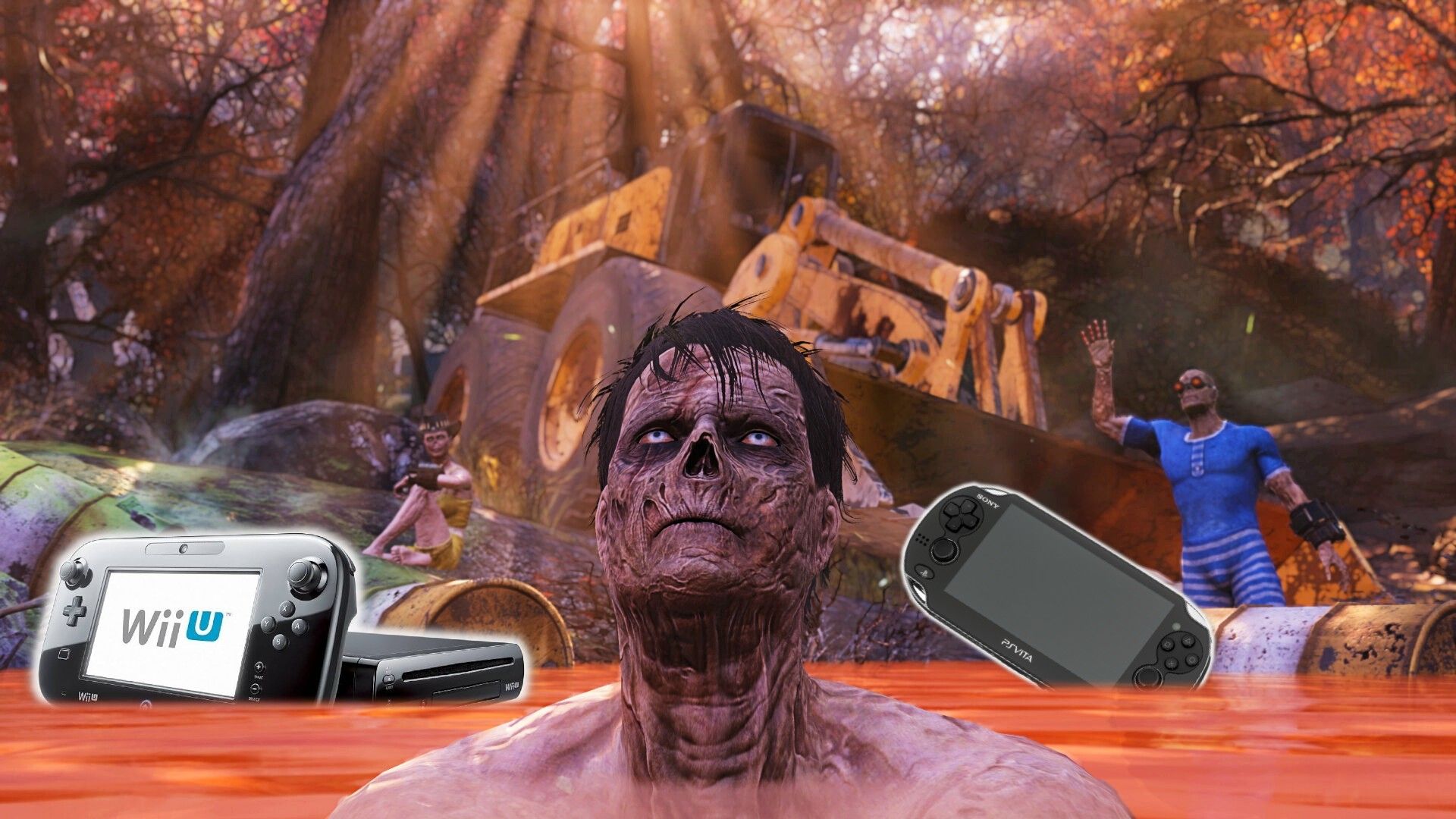
Related
10 Video Game Purchases That Left Me With Nothing but Regret
Some purchases stay with you for all the wrong reasons, but you should learn from them.








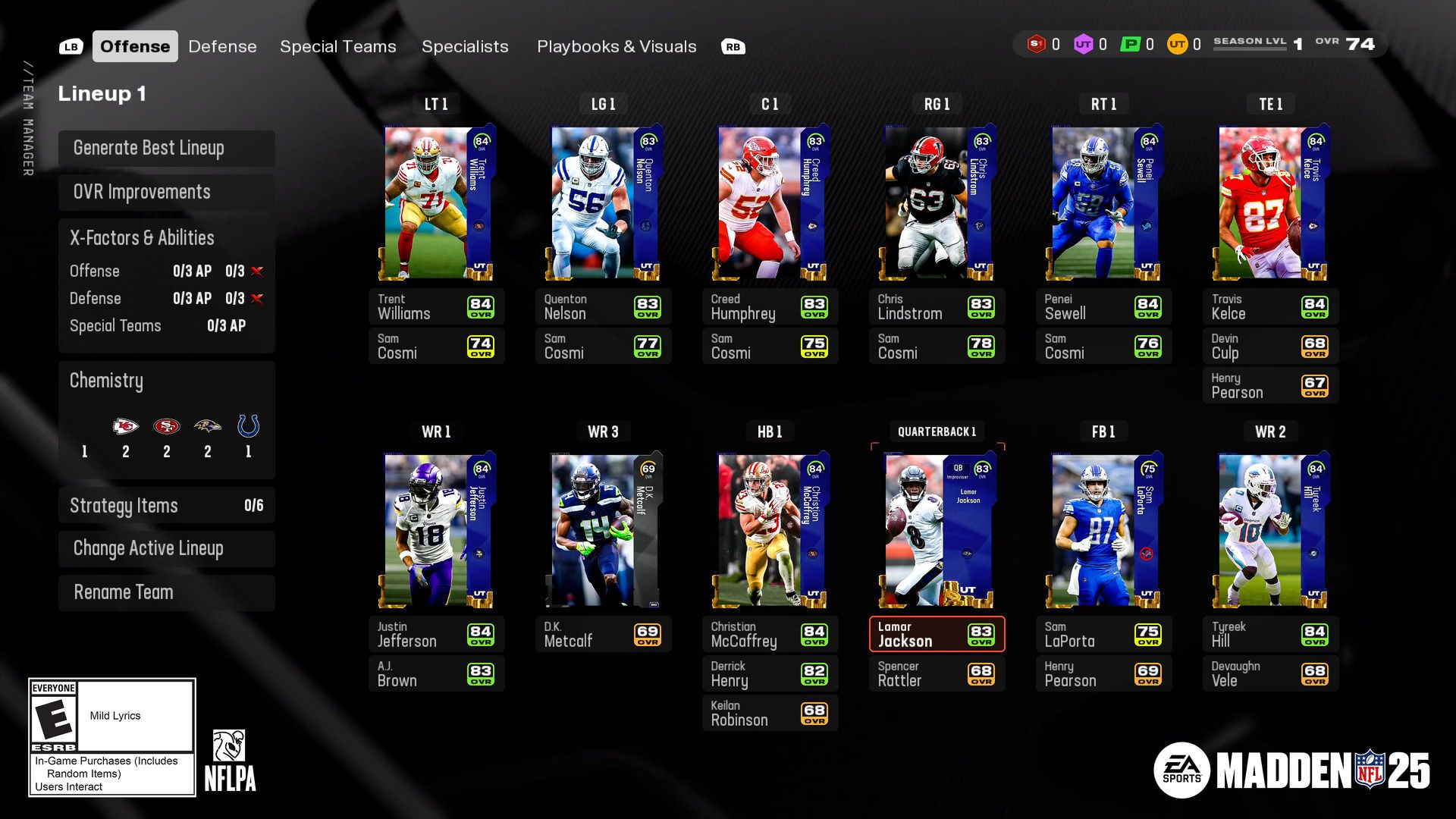
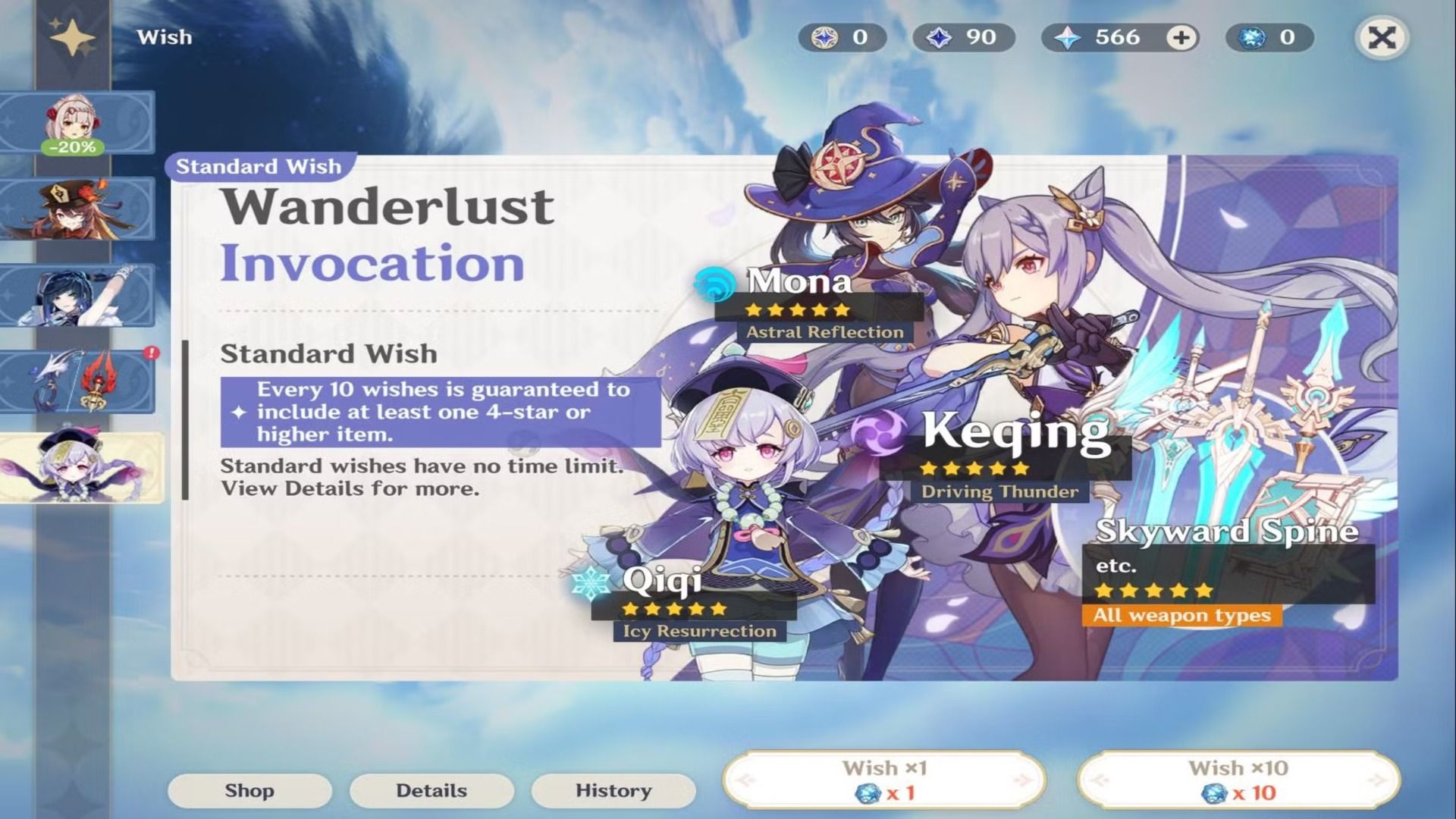
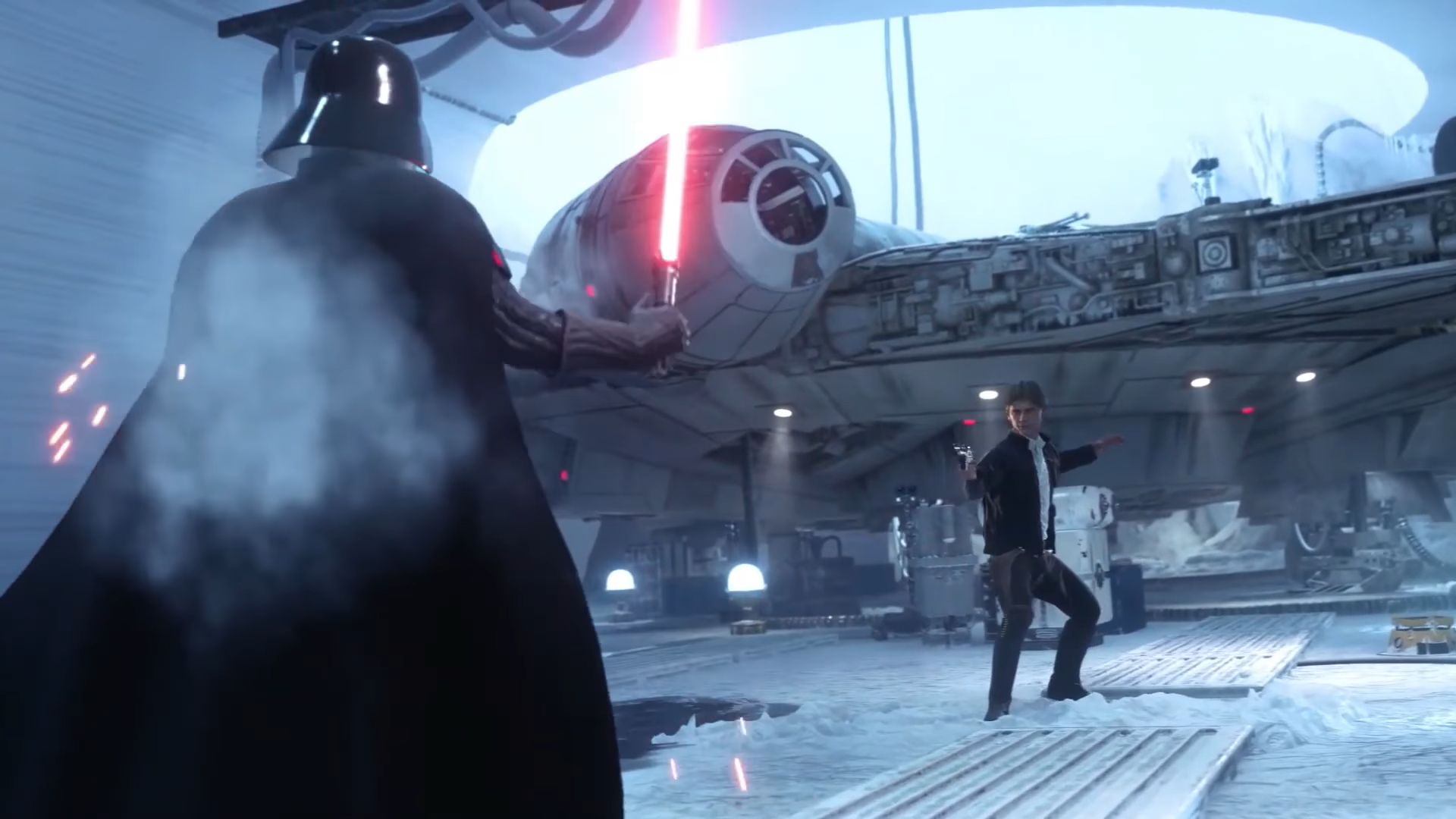
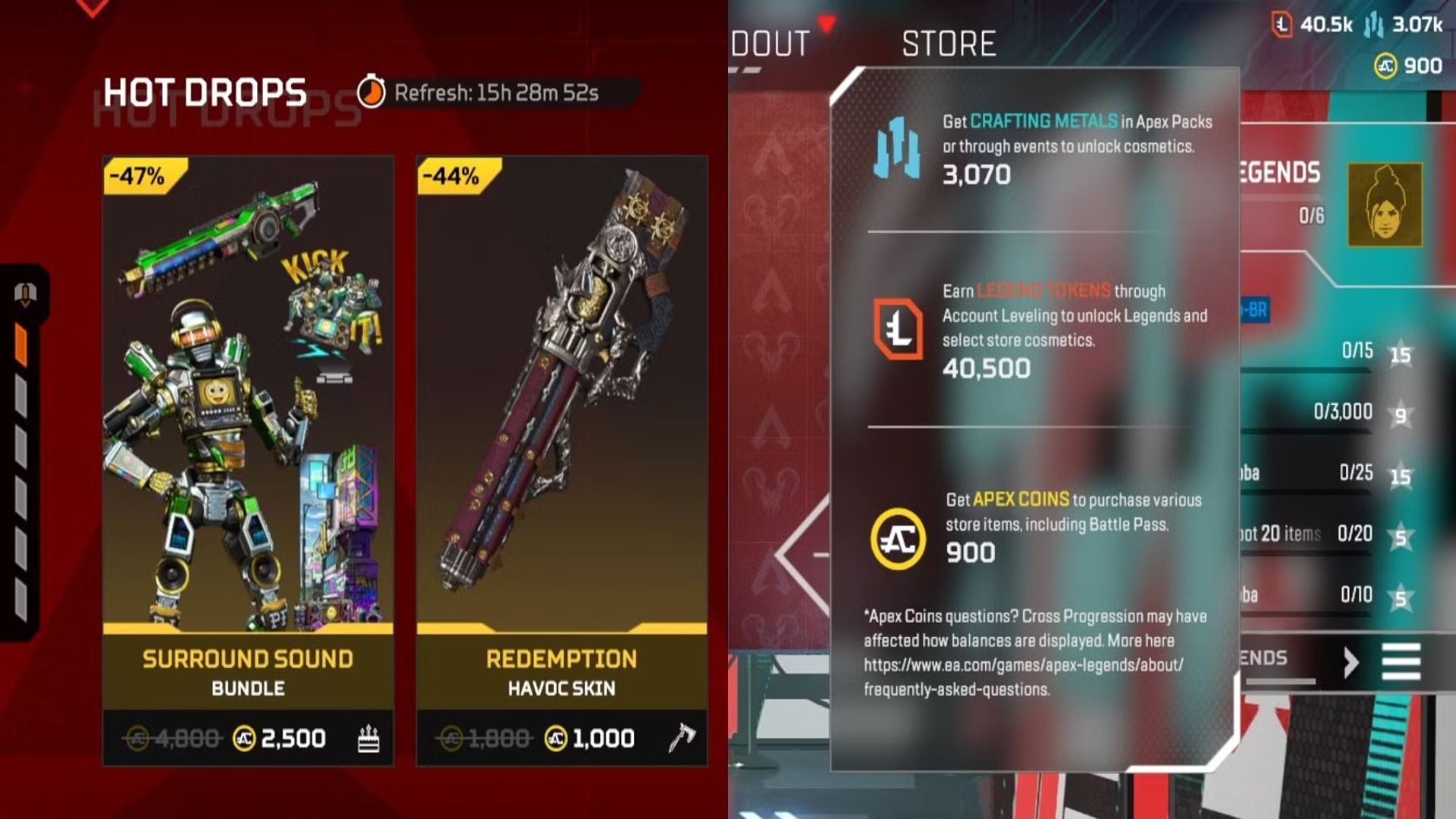
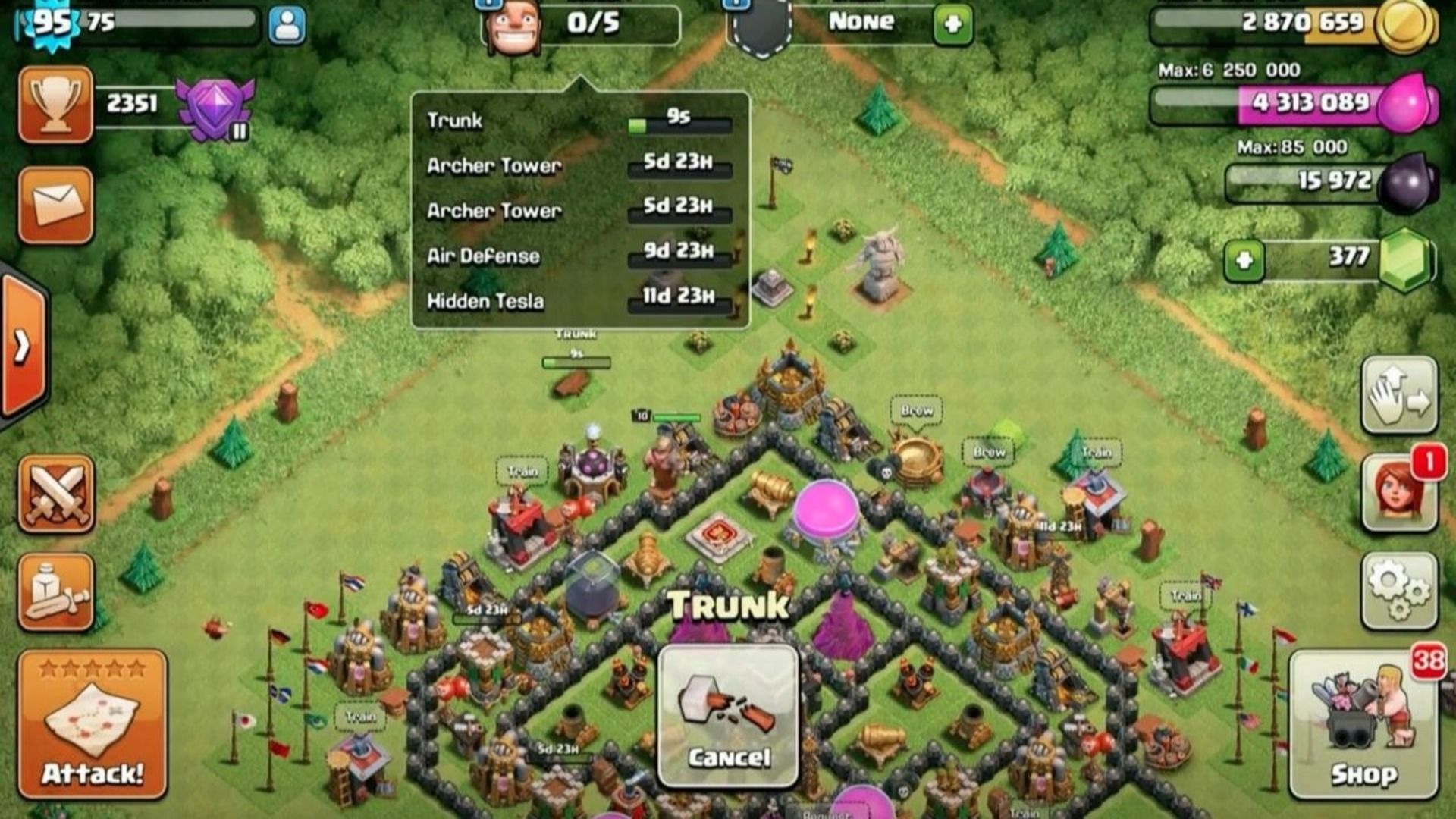
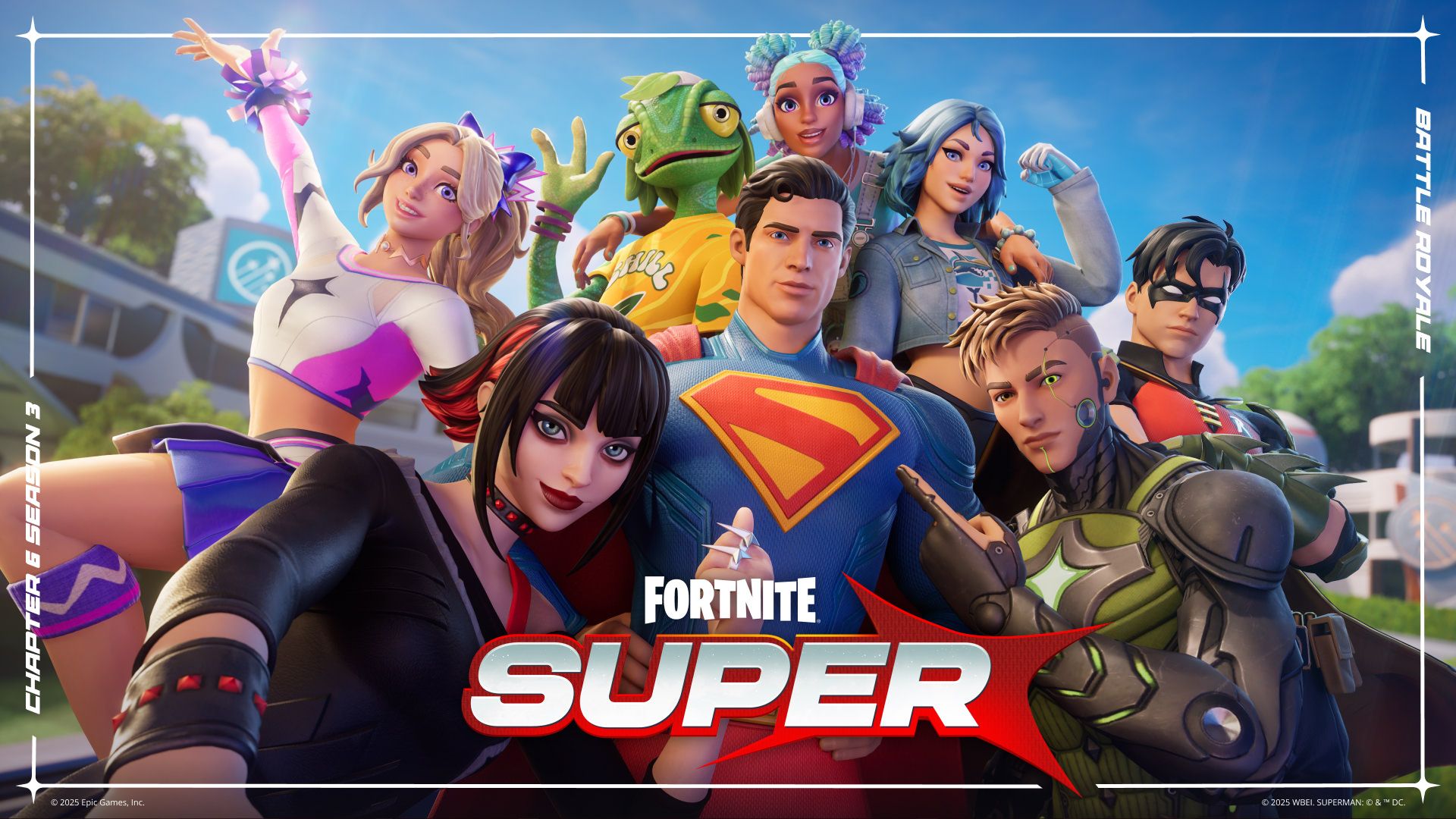
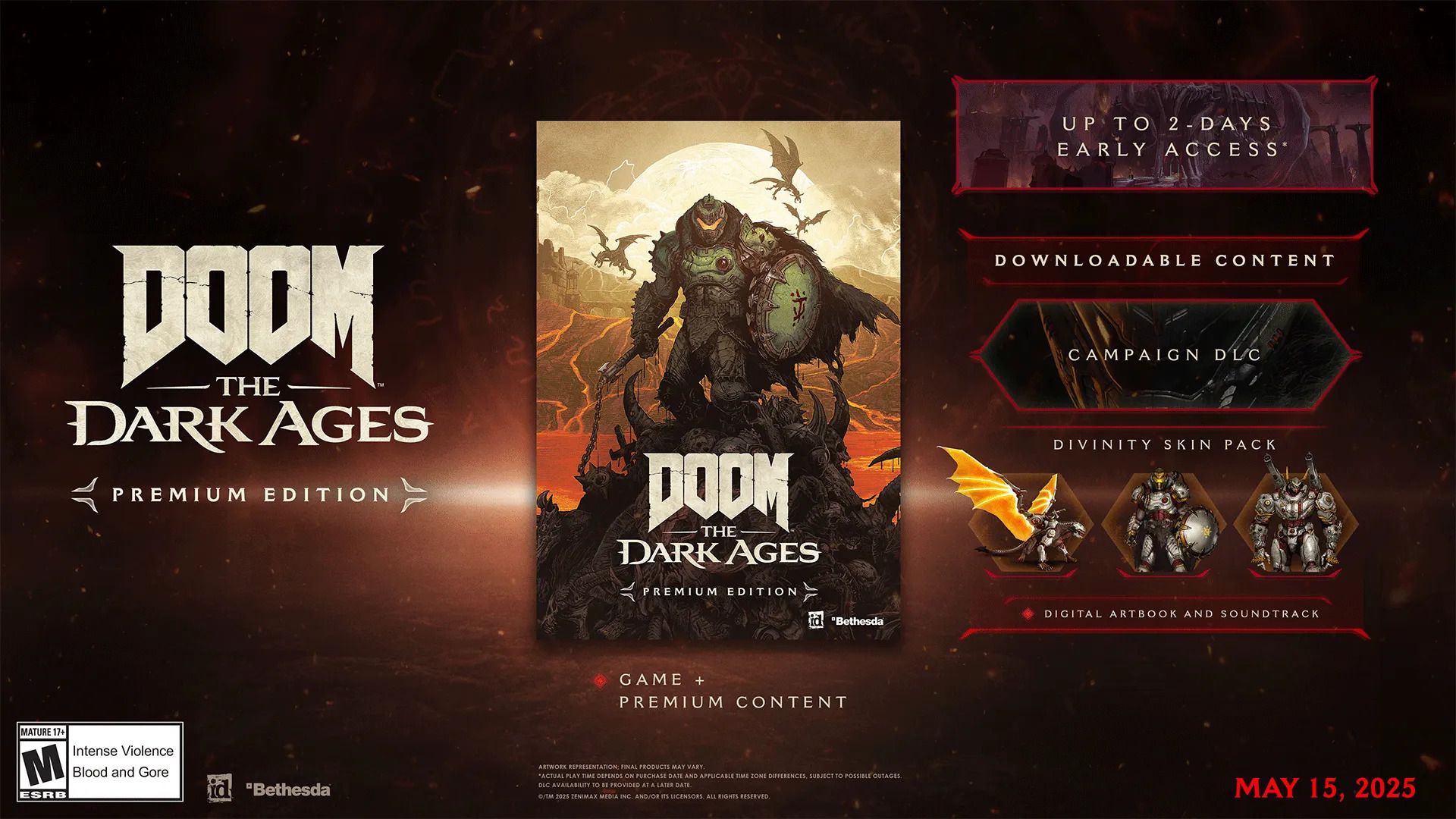
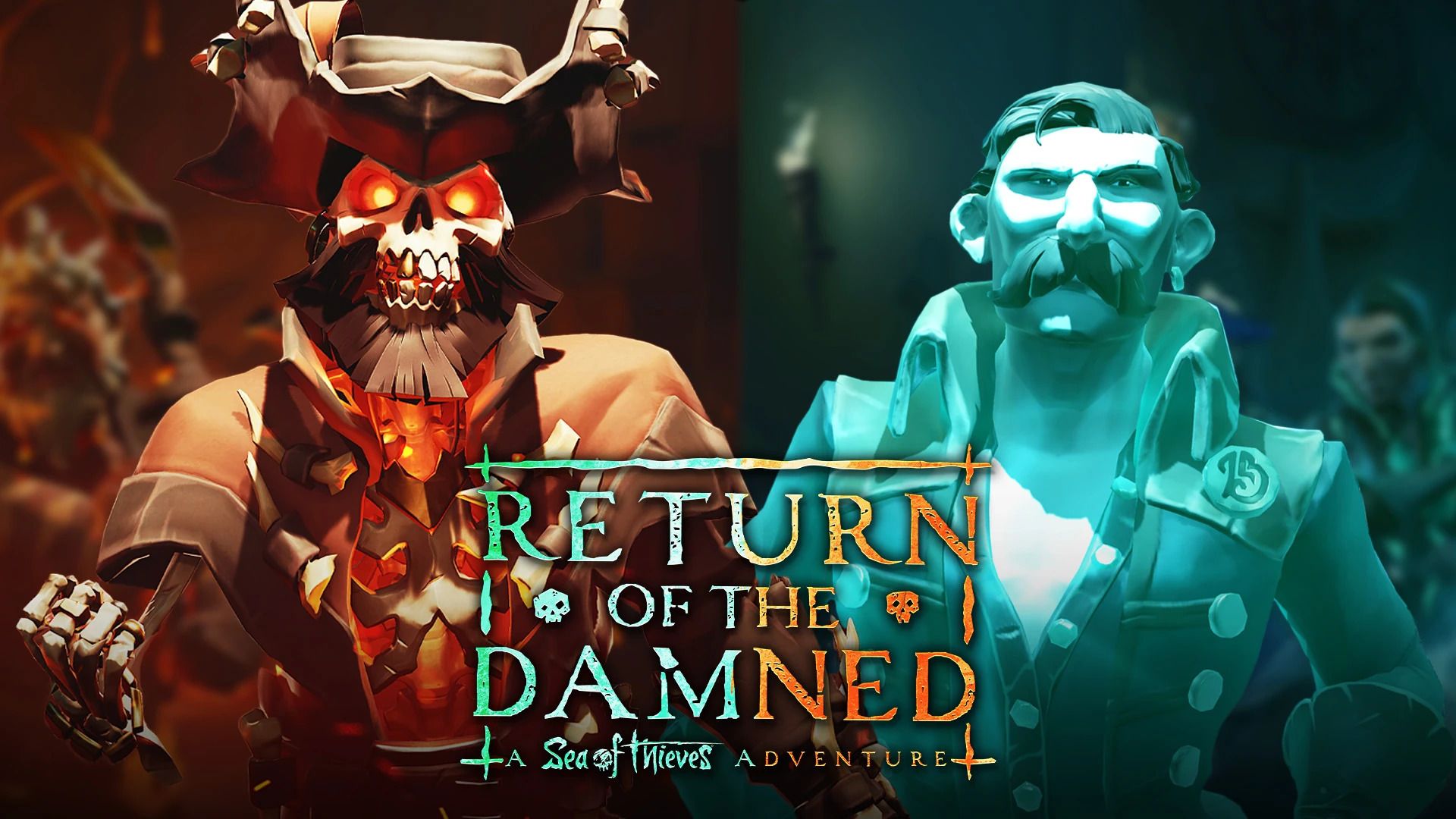










Deixe um comentário